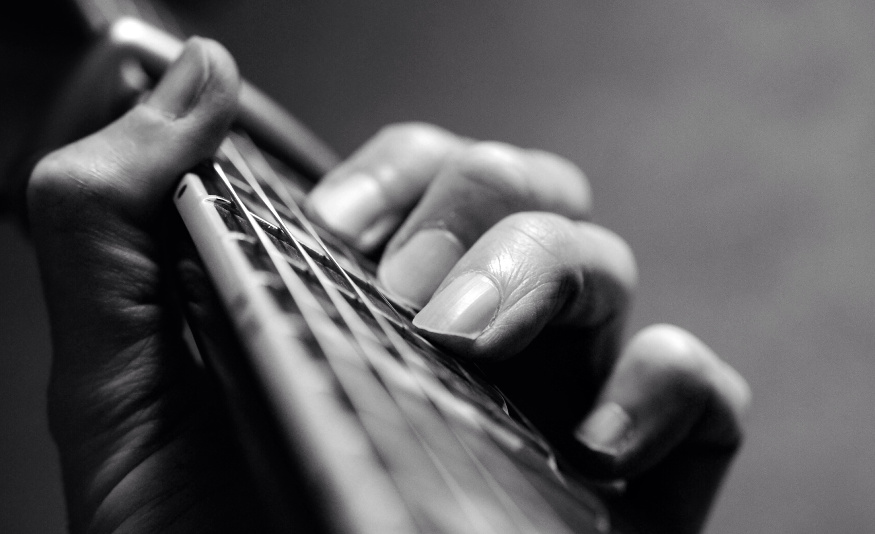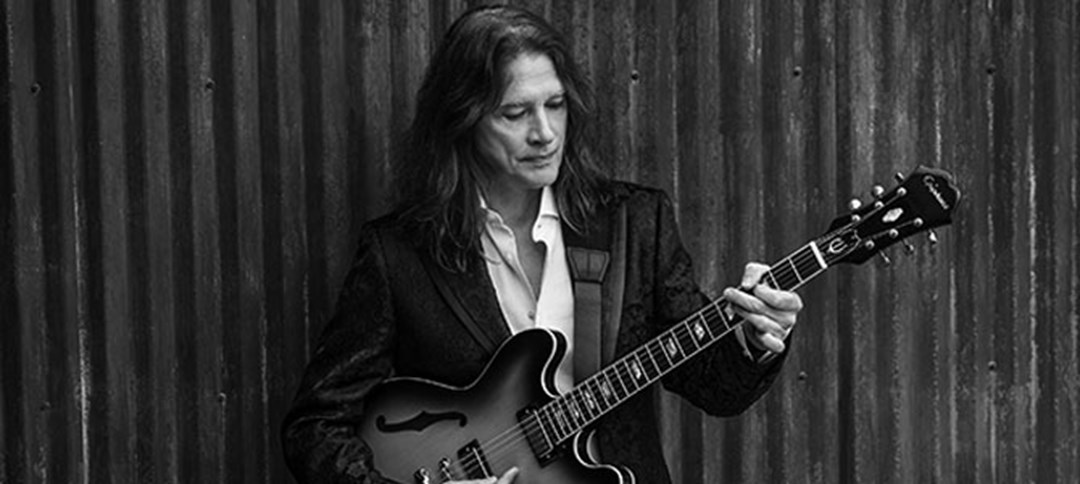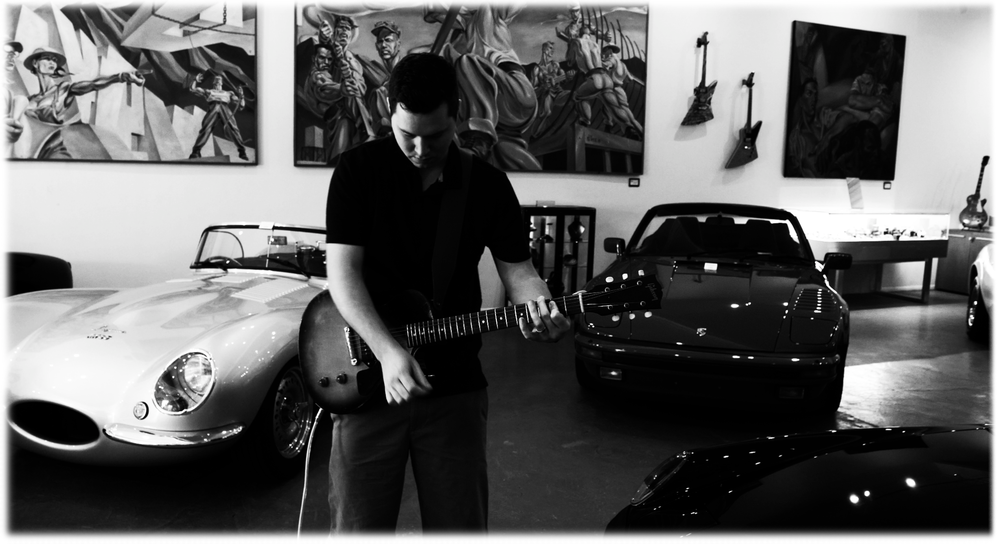There’s no doubt about it, making a living from playing guitar is getting trickier all the time. It requires discipline and a lot of sacrifice, not to mention being your own marketing manager and sales force. Truth be told, you’ll never hear about most of the best gigs as they go to the guys and gals whose reputation precedes them; that is, they’re well known for being good at what they do, have clearly demonstrated it in the right places, and most important of all—they’ve put in the hours to develop and hone the skills you need to survive in this industry—the tools of the trade. If you’re thinking about making a living from playing guitar, then I’d seriously suggest incorporating the following three things into your practice routine.
Aside from learning techniques, theory and repertoire—things which develop naturally as you play—I’d highly recommend practicing these three skills on a daily basis. I know they’re the ‘tedious’ ones but all of them can be fully or at least partially practiced without a guitar, so if you’re commuting or waiting, or have nothing to do but no guitar, you can still get your practice time in.
1. Develop Your Ear
Great musicians have great ears, it’s no secret, and thanks to the wonders of modern technology learning this skill isn’t half as tedious as it used to be. A great ear puts you one step ahead when it comes to transcribing, coming up with parts, interpreting what pretentious singers actually want you to play, learning stuff on the fly (such as a band’s repertoire if you’re stepping in), and much more besides.
I’ve tried and tested a lot of ear training apps, but the one that actually improved my ear in a relatively short time was Functional Ear Trainer, which we looked at in this article. It works because you learn to recognize intervals in the context of keys, rather than random isolated tones as in most ear-training apps; and best of all, the app is free!
2. Learn the Notes on the Neck
The long-reigning number 1 on the list of ‘things guitarists can’t be bothered to do’ is absolutely essential, not only to become a pro guitarist, but to understand the instrument, and more importantly, the language of music, on a much deeper level. Technique and shapes will only get you so far as if you don’t have this down, you’ll always have that ‘something’s missing from my playing’ feeling. Plus, if you’re learning theory, then it’ll be a whole lot easier to apply concepts to the guitar if you know, and can see where the notes are.
There are many ways you can learn the fretboard, and it won’t happen overnight, so avoid all those ‘learn the fretboard in 15 minutes’ gimmick websites.
I really like this little game over at musicopedia.com which really encourages the thought process you want to have when naming notes on the fretboard; that of looking down at the fretboard and just knowing what note you’re playing. Finding notes by their octaves is all well and good (gimmick websites’ method) but it won’t cut it when you’re playing in real-time. You want to get it to the point where the names of each note just jump out of the fretboard, or it becomes second nature.
Here’s a method I came up with for learning the fretboard in chunks, and which also helps when you’re learning to sight-read. Feel free to download the PDF file below.
3. Learn to Sight-read
Another benefit of learning the notes on the neck (and a good way to reinforce it) is that you’ll be able to learn to sight-read. Forming part of the minority of guitarists who actually know how to read music will give you access to tons more gigs that your technically better peers won’t be able to beat you to because they can’t read.
Back at Music College we had the fantastic Pete Callard teach us sight-reading. One day he was particularly frustrated (imagine a jazz guru in a room full of guitarists who don’t have the slightest interest in learning to read), and said to us, “How can you call yourself musicians if you can’t even read music?!” There are probably better ways to say it, but he was absolutely right of course.
If you’re not sure where to start, I’d highly recommend Music Reading for Guitar (The Complete Method) by David Oakes which takes you right from the absolute basics up to reading complex arrangements, and includes how to read charts, which is an incredibly useful skill.
At the end of the day, if you just add ten minutes of each of the above skills to your practice routine, you’ll see a noticeable improvement which will lead to you becoming a better all-round player, and will give you essential tools you need to turn pro.



